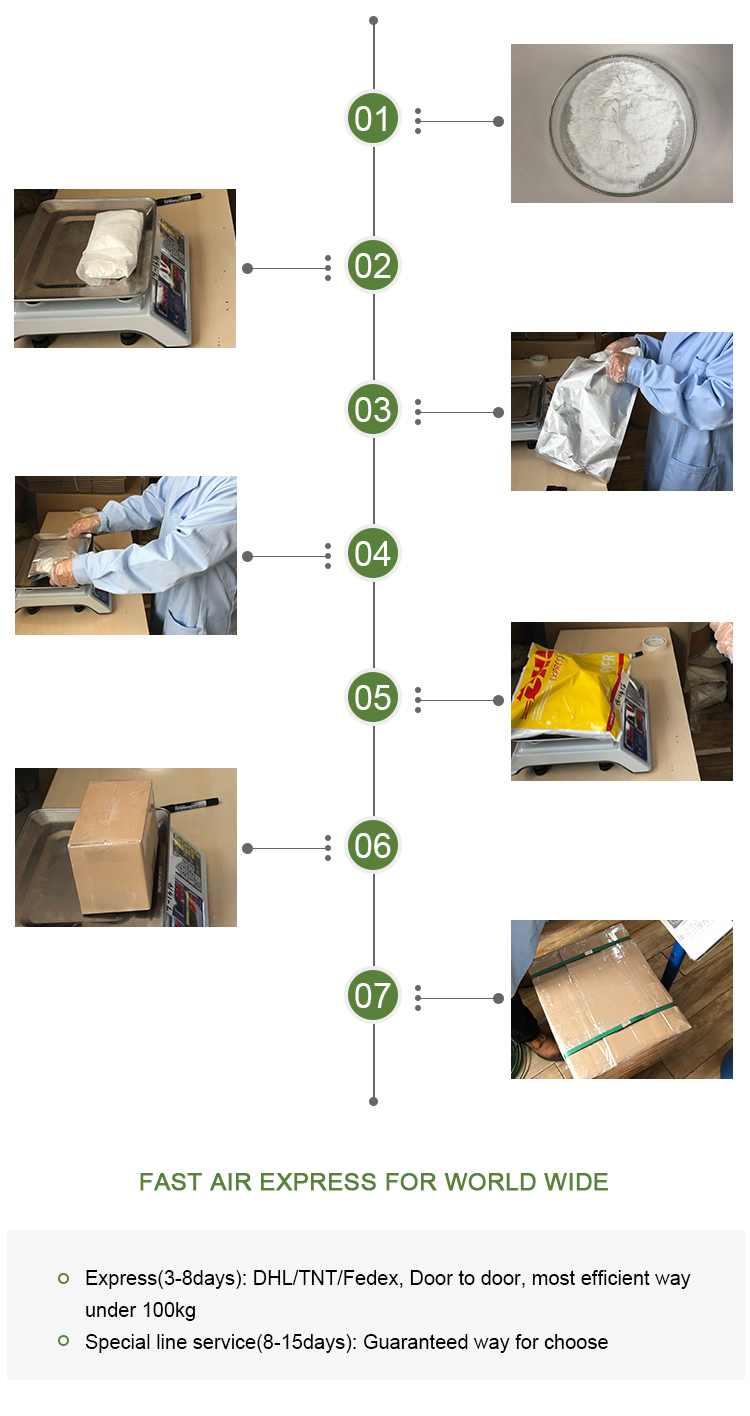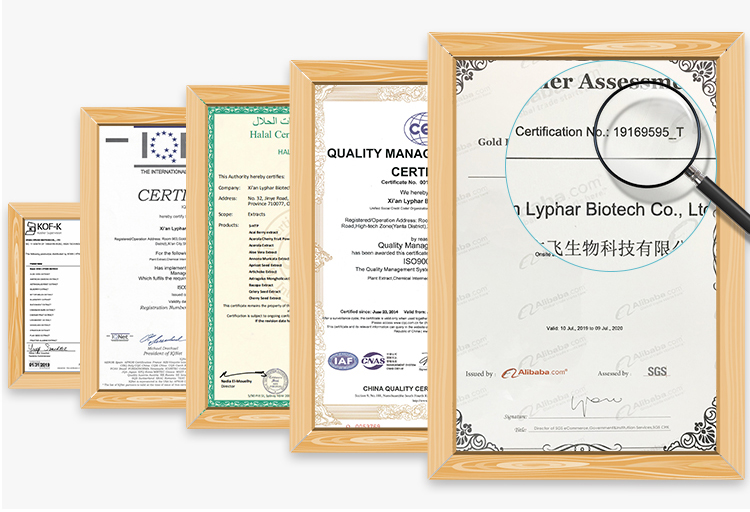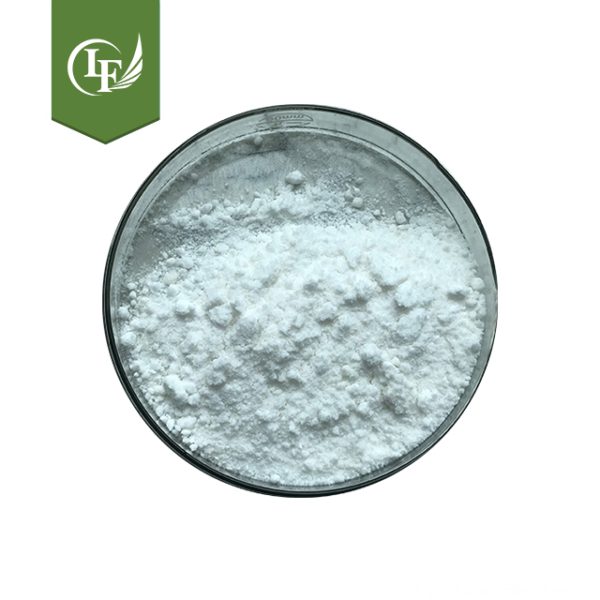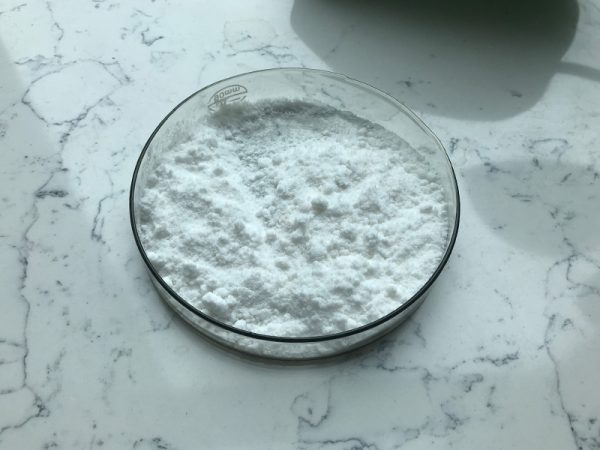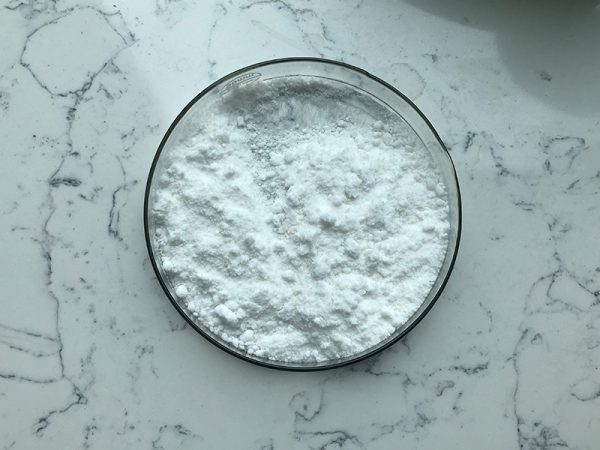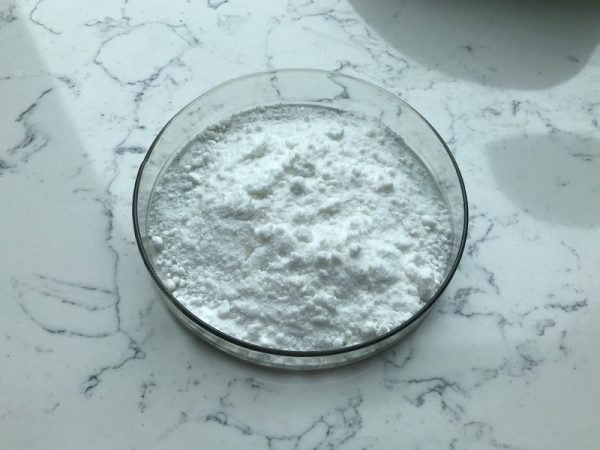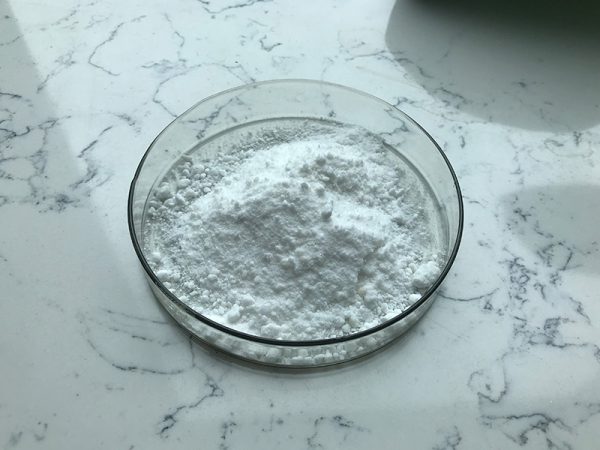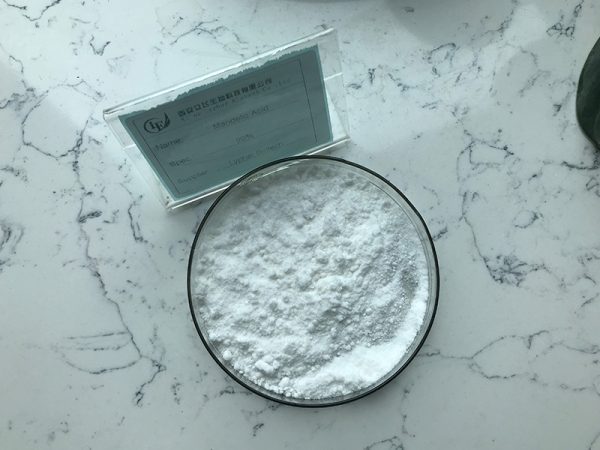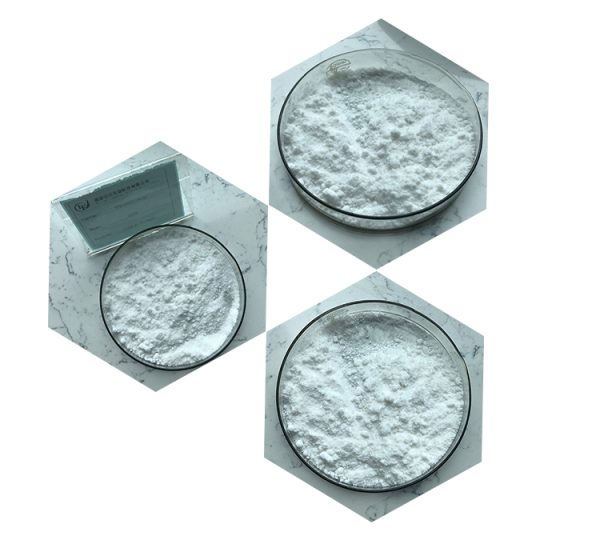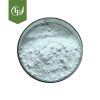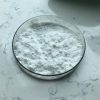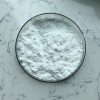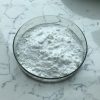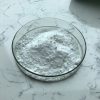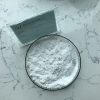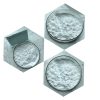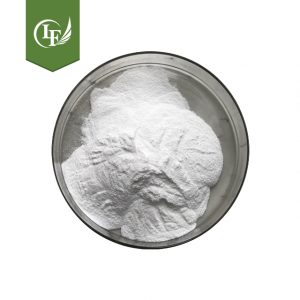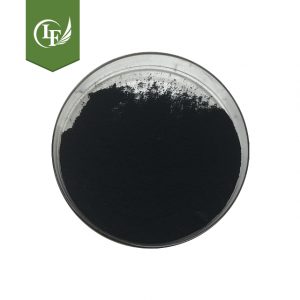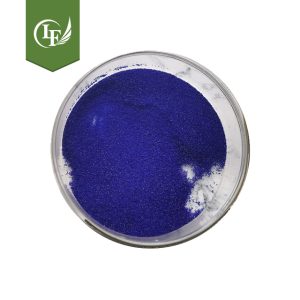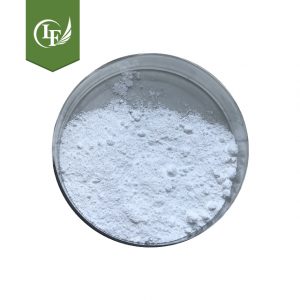Mandelic Acid
Mandelic acid helps in the removal of dead skin cells from the surface of the skin, promoting cell turnover. This leads to smoother, more radiant skin. Compared to other AHAs like glycolic acid, mandelic acid penetrates the skin more slowly due to its larger molecular size, making it less irritating while still effective.
Description

| Product Name | Mandelic Acid |
| Specification | Mandelic acid; L-(+)-Mandelic acid;D mandelic acid |
| Purity | ≥99% |
| Grade | Industrial/Cosmetic Grade |

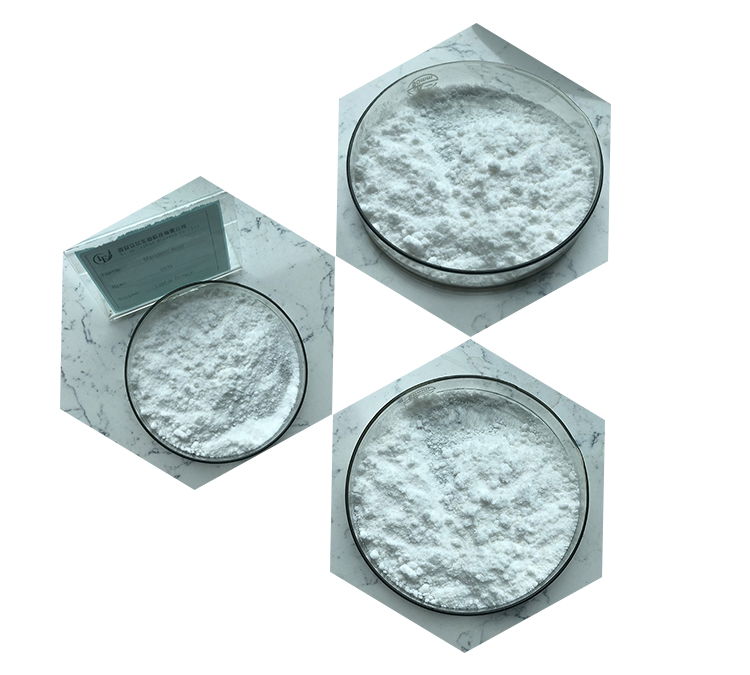

| Product Name | Mandelic acid | L-(+)-Mandelic acid | D mandelic acid |
| CAS | 611-72-3 90-64-2 | 17199-29-0 | 611-71-2 |
| Assay | ≥99% | ≥99% | ≥99% |
| Molecular Formula | C8H8O3 | C8H8O3 | C8H8O3 |
| Melting Point | 118-121°C | 131-135°C | 131-135℃ |
| Moisture | ≤0.5% | ≤0.5% | ≤0.5% |
| Appearance | White crystal or crystalline powder | White oblique flake crystals | white crystal or crystalline powder |
| Specific Rotation | / | [α]D20: +153~+157.5 | [α]D20: -153~-157.5 |
| Ignition Residue | / | ≤0.2% | ≤0.2% |
| Application | Health care products | ||
| Reagent for metal Dyestuff | Preservative | / | |

Mandelic acid is an alpha hydroxy acid (AHA) derived from bitter almonds and is commonly used in skincare for its exfoliating, anti-aging, and acne-treating properties. It is considered one of the gentler AHAs, making it suitable for sensitive skin types.

